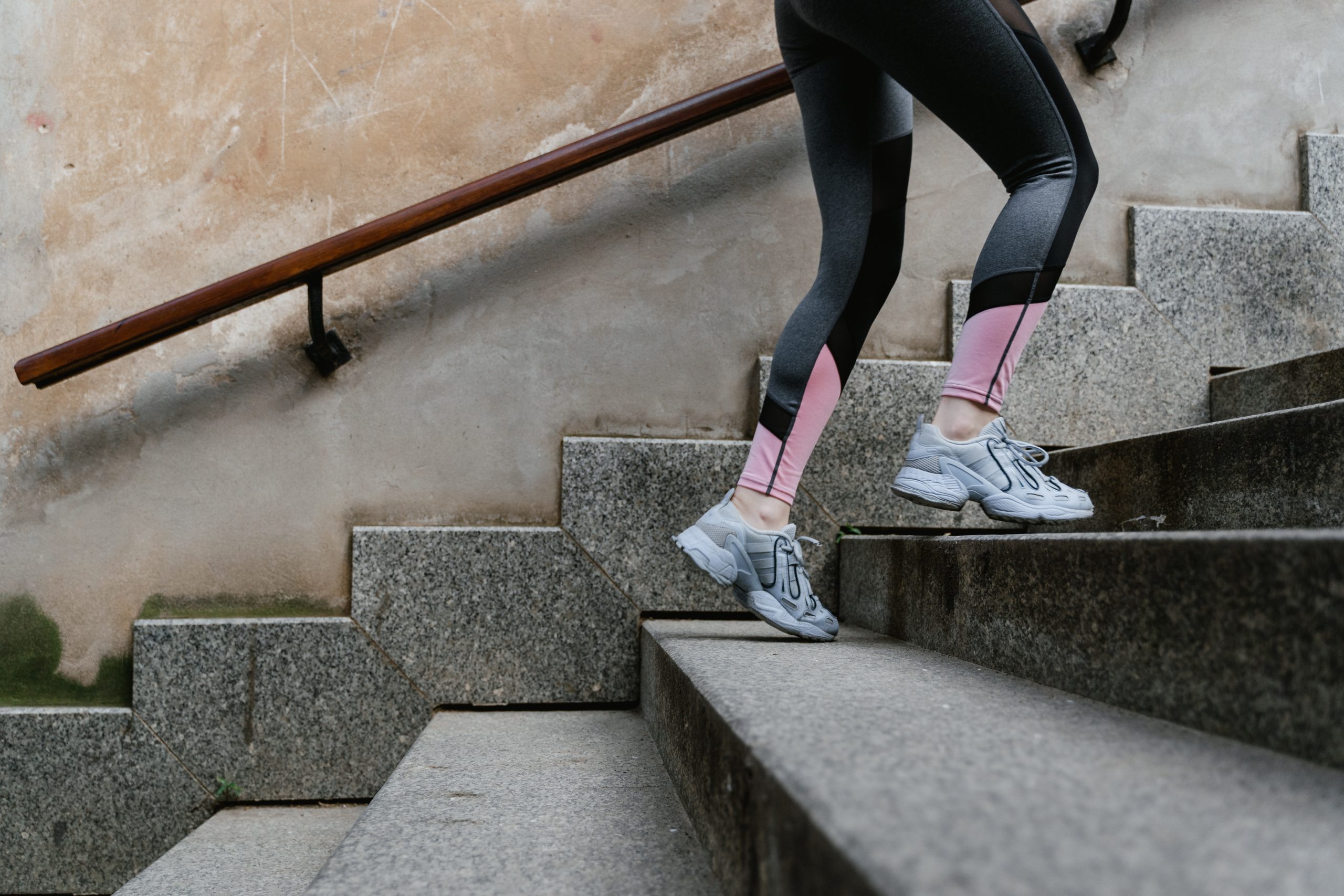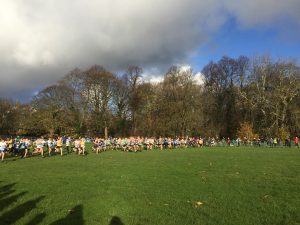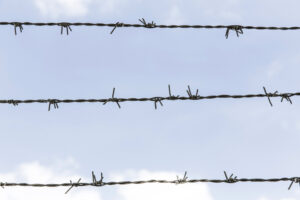You might have heard that running is good for strengthening bones but have you ever wondered exactly why? How does running make your bones stronger? Can running actually weaken bones? And does lifting weights strengthen bones too? Let’s explore…
Our bones are pretty amazing! They’re not just coat hangers for our body to hang off, far from it, they do so much more than that. Bones protect our internal organs from damage, make blood cells for our circulation, clotting and immune systems and store minerals and fats.
What is bone made of?
Bones are mostly made of collagen which is a protein, providing structure to the bone. The strength comes from the mineral calcium phosphate. There are two types of bone tissue – compact and cancellous bone tissue. Your skeleton is around 80 per cent compact bone, it’s the hard, outer shell of bones. Cancellous bone is what’s inside, it’s spongier, softer and full of air spaces. The amount of compact or cancellous bone varies according the position and role of the bone. Long bones such as our femur (thigh bone) have lots of compact bone so they’re super strong and more rigid. Vertebrae (back bones) on the other hand have less compact and more cancellous bone. The centre of bones is filled with bone marrow. Red marrow makes blood cells and yellow marrow stores fat for energy. You’ll also find a dense network of blood vessels running through and around bones.
The balance of bone turnover
Although we reach 90 per cent of our bone mass by age 18 and 100 per cent by around 30, new bone is actually being made all the time. Osteoblasts are bone cells which are constantly producing new bone. Osteoclasts on the other hand are constantly breaking down bone. They do this to release the minerals (such as calcium) stored inside.
When we’re young, our osteoblasts are working harder than our osteoclasts and bone mass increases. Once we get to around 40, our osteoclast activity outdoes the osteoblast and our bone mass then gradually decreases. Bone loss speeds up around the menopause and gradually declines over later years.
It’s all a balance. When the balance tips and bone loss outweighs bone formation then bone mass is lost. Low bone mass is called osteopenia and if loss continues, osteoporosis can develop. Osteoporotic bones fracture easily, even without major trauma. 1 in 3 women will experience an osteoporotic fracture in their remaining lifetime. Fractures of the hip in particular can have a huge impact on both how long you live and how well you live.
How does running help?
Bones get stronger by being stressed. Running is a high impact sport and when your foot hits the ground it jolts and shocks the bone. When you rest and recover after exercise, your bones get to work responding to the extra demands that have just been placed on them. They repair and strengthen themselves. They want to be able to cope better next time. Osteoblast activity is stimulated and osteoclast activity is downregulated so bone is strengthened.
Astronauts apparently lose between 1 and 2 per cent of their bone mass for every month they’re in space. They’re missing the effect of gravity on their limbs and the lack of impact when they move around. You can see why running is such a great exercise for strengthening bones!
What we do as children and teenagers is vital in our future bone health. We need to be great role models and encourage young people to have an active lifestyle to get their peak bone mass as high as possible. If you start the midlife decline in bone mass from a lower point then osteoporosis will come sooner. Having said that, it’s important to know that it is never too late to start!
Does strength work help bones?
Most runners groan at the mention of strength work, they’d rather just go running but it’s important to know that resistance exercise increases bone strength too. Muscles are attached to bones by tendons. When you lift a weight, or pull a resistance band, the tendon tugs on the bone and this tugging stimulates bone growth. When you use muscles, they also release myokines some of which may play a role in bone formation. Don’t forget plyometric work too; jumping, bounding and hopping all stimulate bone growth.
Can running weaken bones?
Of course, it’s possible to have too much of a good thing! Excessive running or inadequate recovery time for bones to repair and strengthen themselves between runs can tip the balance into weakening bones. Stress fractures can develop, most commonly in the foot, shin or pelvis. If you are someone who is known to have osteoporosis, then you should get advice from your doctor about whether it’s OK for you to run. The answer is usually yes but everyone is different and it depends on the site and severity of your osteoporosis so get personalised advice.
If you’re a perimenopausal or postmenopausal runner then you can congratulate yourself on doing something positive for your bone health. Have a think about whether you could increase it further by adding some resistance training too! Next week I’ll be looking at other things runners can do to look after their bones.
If you’ve enjoyed this you’ll love my book Run Well: Essential health questions and answers for runners. It’s packed with inside info on how a runner’s body works. Run Well is published by Bloomsbury and available everywhere you buy books. And if you’re a menopausal runner then sign up for my newsletter below for weekly tips, advice and inspiration!
Featured Photo by MART PRODUCTION








I’ve had a couple of DEXA scans and all okay. I wonder about all the girls who have been put off exercising and how this will affect them in later life.
Absolutely. And all the sedentary kids on computer games for hours. It’s a worry.